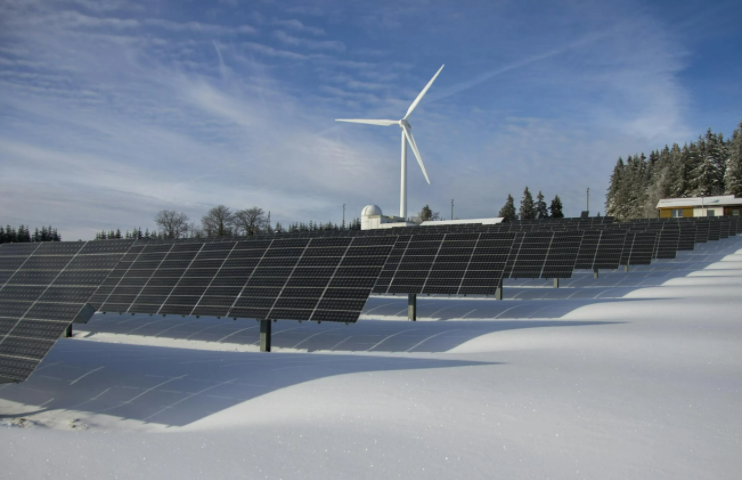According to the Korea Energy Agency, South Korea installed 1.2 GW of solar in the first half of 2024. It states that South Korea will deploy 2.7 GW to 2.8 GW of PV capacity this year, continuing the market’s decline since its peak in 2020.
These data indicate that the South Korean solar market will continue to slow down. In the IEA-PVPS Annual Report 2023 released earlier this year, contributing author Donggun Lim stated that after reaching a peak of 4.66 GW in 2020, annual installations have declined, with 3.92 GW in 2021, 3.28 GW in 2022, and an estimated 3.31 GW in 2023.
If the Korea Energy Agency’s full-year estimate for 2024 comes true, it will be the lowest since 2018, when the total installed capacity was 2.59 GW.
The decline of solar installed capacity is related to the government’s nuclear-centric energy policy, tightening regulations, and shrinking budgets for solar power. It is expected that this situation will continue in the coming years, “said the IEA-PVPS report.
It said that the outlook for renewable energy in South Korea is “negative”, with the current government lowering the standard targets for renewable energy portfolios and increasing targets for nuclear power generation.

The current government has drastically cut the renewable energy budget for 2024, ” it said.” The budget for renewable energy support projects from the power industry infrastructure fund was decreased by 42.3%, the budget for renewable energy deployment support was decreased by 35.4%, the budget for feed-in tariff was reduced by 65.1%, and the budget for renewable energy financial support has decreased by 27.5%.”
However, the solar auctions in South Korea continue. The country has held an annual solar bidding event since 2011. Since 2017, this type of bidding has adopted a competitive bidding form of fixed price contracts. In the first half of 2023, 272 MW of solar energy was auctioned and purchased, followed by 60 MW in the second half. The total purchased solar power generation capacity for the year is 332 MW.
Jiyhe Gwak, principal researcher at the Korea Institute of Energy Research, stated that a bidding process is planned later this month, with the announced capacity yet to be determined.
Gwak added that South Korea’s PV deployment is dominated by utility-scale installations, and solar projects are mainly driven by the private sector participation. Considering capital requirements and site availability, the focus is still on medium- to large-scale installations.”


